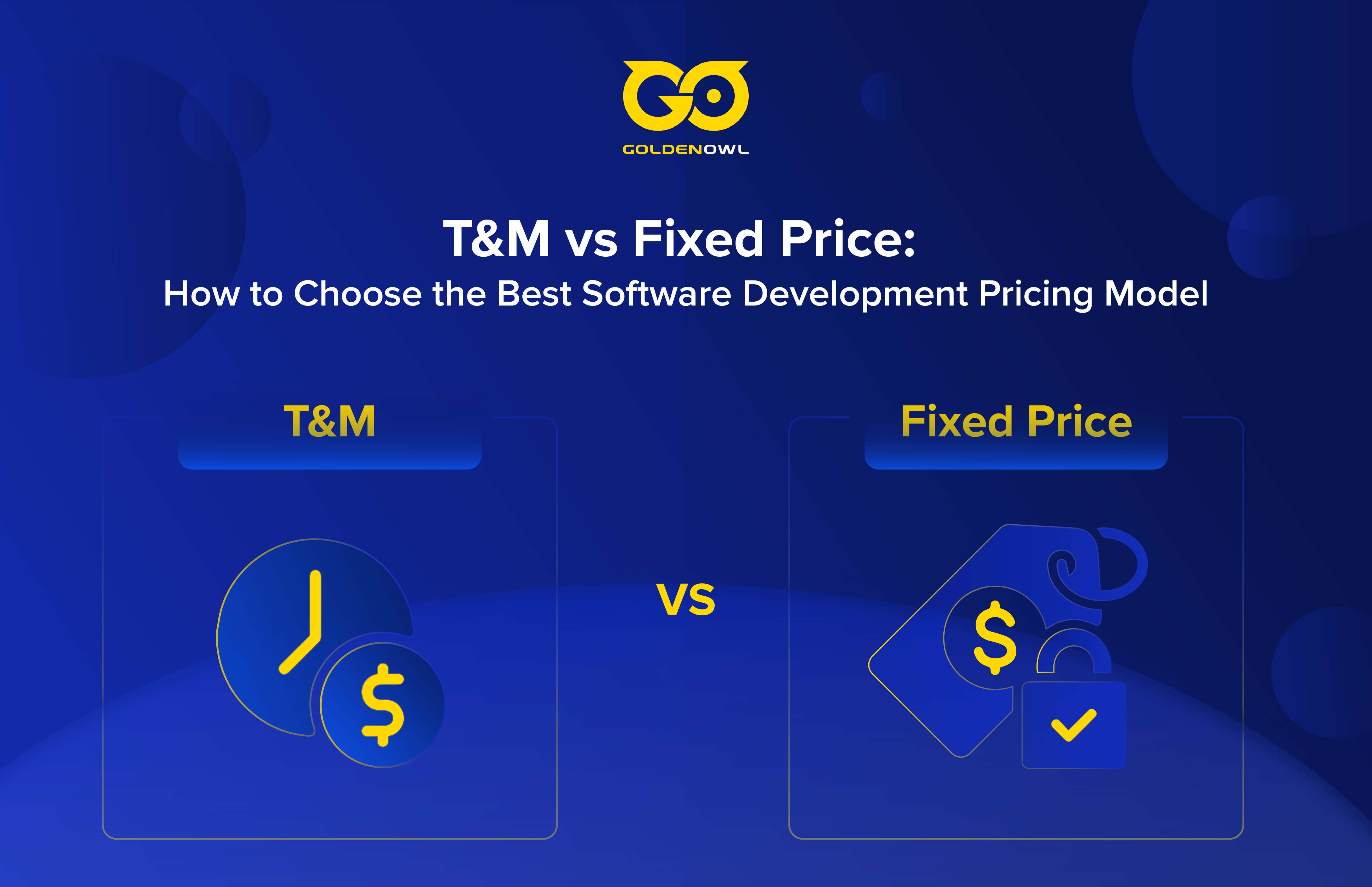Businesses still use monolithic systems, but applications are becoming more and more dependent on speed, size, and adaptability. Customer expectations are also evolving quickly, and they now want software solutions that will make their lives easier and more convenient.
Due to the growing demand for scalable, secure, and adaptable systems that can be developed more quickly, microservices and APIs are becoming well-known throughout the software development industry.
The success of a digital transformation depends on both microservices and APIs. But what distinguishes microservices from APIs? Is it possible to combine microservices with APIs? In this article, we will discover the answer together!
What Is an API?
Application programming interface (API) specifies how two pieces of software may connect and communicate with one another via respective endpoints.

Through an interface, it links two computers or computer applications. This interface should not be confused with the user interface, which links a user to a computer or software.
Read more: Monolithic or Microservices? Which is better for your firm?
An API cannot function without being linked to services and microservices like Function as a Service (FaaS), Software as a Service (SaaS), and Database as a Service (DBaaS).
Because they allow for standardized and effective communication across apps that may differ in purpose and architecture, APIs are essential to our current digital infrastructure.
What Are APIs Used For?
APIs offer a safe way to communicate material, services, and functionality with both internal and external users. Microservices might not exist if we didn't have APIs in our toolset.
If you use software, you use APIs. This is because API enables software integrations, which allows software entities to share data and cooperate.
It is easiest to explain how APIs are utilized by using real-world examples, many of which you have probably already experienced.
Consider that you are ready to complete your internet purchase. And you see that the store you're visiting offers the option to pay using PayNow, a payment processor, and you already have an account on PayNow.com with your payment information set up. How useful!
Similar to this, when you choose to utilize your PayPal account during the checkout process on an online store because you're too lazy to fill in your complete credit card number, you're employing an API integration.
An API call operates as follows:
APIs submit a request to the server after receiving it from an application user.
That data is retrieved and analyzed by the server.
Finally, it carries out the user's specified action.
What Is a Microservice?
Microservices (or microservices architecture) is an architectural and organizational framework for developing software in which functionality is divided into smaller, fully disconnected units for easier management.

For instance, the microservice architecture for an application like PayNow can have separate services for user account management, interfaces with online retailers, and user authentication. Within the bigger system, each service functions as a standalone little piece of software.
Microservices give developers greater agility and flexibility by dividing huge programs into discrete, independently running services. Because of this, microservices are widely used as the architecture for implementing APIs and are especially helpful for bigger businesses.
Read more: Microservices are indeed the future of Fintech app!
What Are Microservices Used For?
Microservices increase an application's adaptability. This can be applied in several ways, including:
Refactoring legacy applications: If you're still using a legacy architecture, you might build progressively and with less technical complexity by utilizing microservices to migrate to the cloud, update functionality, and add new features.
Real-time data processing: For instance, online booking services and banking platforms employ microservices to carry out activities instantly and provide a result.
Applications that provide third-party services: You may utilize microservices to improve the efficiency of third-party applications like plugins since they need more CPU power to function.
Microservices have replaced traditional monolithic design in the top companies like Amazon, Netflix, PayPal, Twitter, and others. They have had more success thanks to this microservice architecture's smooth scalability, business agility, and high profits.
What Are the Differences Between APIs and Microservices?
The primary distinctions between APIs and microservices may be categorized as follows: APIs link software, but microservices are a means of creating software from the ground up. Let's look at the differences given below to make things more clear:
- A software development technique known as microservices architecture separates an application into smaller parts or services. An API, on the other hand, acts as an interface or middleman when two programs need to communicate. It comprises procedures and actions that assist users in accessing the underpinning services of an application.
- Microservice components can be thought of as the "building blocks" of an application. Consider an API as a "functional block" that carries out a certain function, such as the PayPal API's payment processing.
- An API is a part of microservices that helps increase the efficiency of the microservices architecture, whereas microservices are a full architecture with several, smaller services.
- Business logic, APIs, a layer for gaining access to data, and a database make up a microservices architecture. A protocol, format, set of instructions or functions, and tools are the parts of an API, on the other hand.
- There are two types of microservices: stateless microservices and stateful microservices. APIs can, however, be public, private, partner, database, REST, remote, SOAP, and more.
Read more: The popularity of microservices-based ecommerce!
Can APIs and Microservices Work Together?
The answer is yes!
Despite the fact that both are distinct from one another, they are frequently coupled since the services inside the microservices architecture utilize APIs to communicate with one another. Each service in a microservices-based application has a unique API that controls the requests it receives and how it replies to them.
APIs are included in the construction of a microservices application. In order to connect the services in a microservice architecture, microservices and APIs rely on each other's ability to integrate.
If you are a business owner who wants to build your application or program using a microservices architecture, you must employ software developers that have been well-experienced and can offer notable solutions.
With Golden Owl, you will get:
An optimal solution would be to manage one large system with independent services.
An easy way to update and upgrade new features without becoming tangled up.
A wide range of technologies is available for use with each service.
We are ready to help, what are you waiting for? Contact us today!





















